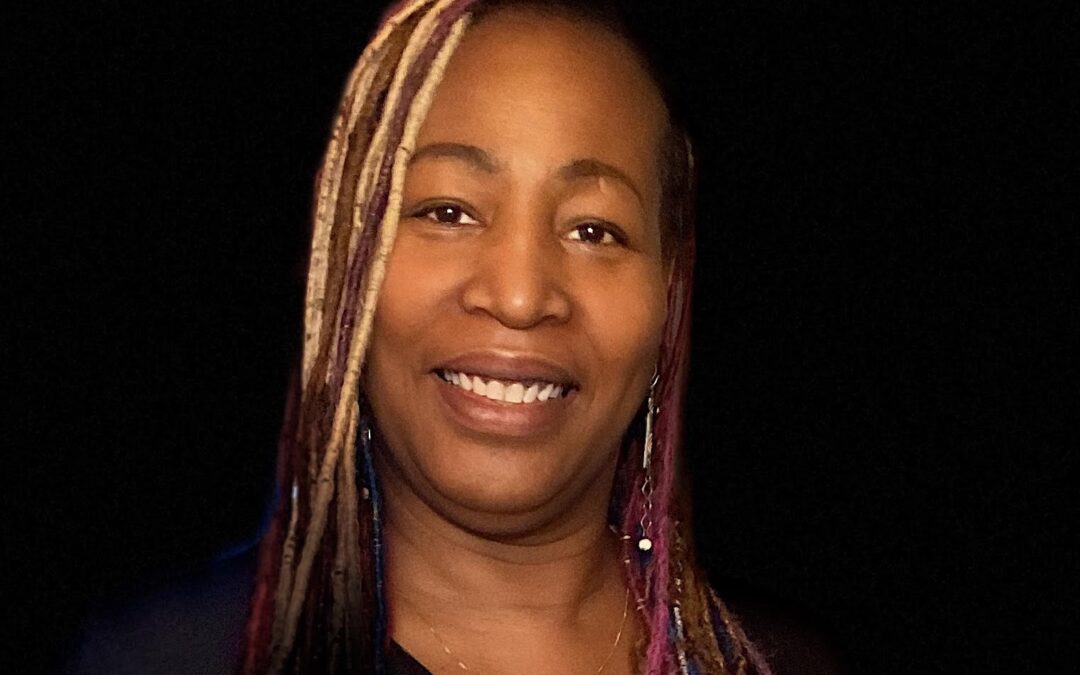By Akilah Graham
The Colorado Option was sold by politicians in Denver and other advocates on promises of increased savings. I, along with so many other Coloradans, waited anxiously as the new system was passed and implemented. Today, we’re still waiting and wondering: where are the Colorado Option savings?
sold by politicians in Denver and other advocates on promises of increased savings. I, along with so many other Coloradans, waited anxiously as the new system was passed and implemented. Today, we’re still waiting and wondering: where are the Colorado Option savings?
I am troubled by what I’ve seen as the Colorado Option has been implemented. The State-backed health plan is failing to deliver the savings that were promised. But even more concerning, the Colorado Option is actually leading to increased costs and is decreasing access to the high quality coverage and care that Coloradans depend on. The Black community has long struggled to see or benefit from savings promised in our health care system. I never considered whether I’d have to ask if the Colorado Option is making things worse.
Industry experts recently conducted a study that shows non-Colorado Option plans are the most affordable for the vast majority of Coloradans. In fact, non-Colorado Option Plans are the lowest cost on-exchange plans in 60 of 64 counties for the bronze tier, and 54 of 64 counties for the important silver tier.
Not only is the Colorado Option failing to deliver savings, but it is also driving insurance providers out of the state. The Colorado Option employs premium reduction targets, which mandate that insurance providers reduce their premiums; in other words, price controls.
The 2023 premium reduction target was five percent, which 85 percent of Colorado Option Plans offered in the individual market failed to meet. Naturally, insurance providers and industry experts are concerned that even more providers will be unable to meet next year’s 10 percent reduction target.
Instead of trying to meet unrealistic price controls or pricing their plans at unsustainable losses, several prominent health insurance providers had to pack their bags and exit the state’s insurance marketplace. Insurance providers simply can’t afford to meet these reduction targets.
On top of the premium reduction targets, additional restrictions enforced by the Division of Insurance will make it nearly impossible to attract new health insurance providers to the state. And Colorado patients and consumers are the ones who will suffer from the lack of competition.
Like so many government-controlled health care systems, the Colorado Option is dependent on health care providers accepting reduced reimbursement rates for the care they give. But Colorado as a whole is already suffering from a terrible health care provider shortage. Disadvantaged and marginalized communities are feeling the effects the most. Lower reimbursement rates will force health care providers to choose between passing increased costs onto patients (who likely can’t afford it), or cutting high-cost services – and some will be forced to close altogether. It goes without saying that it will make it next to impossible to attract new doctors and other health care professionals to replace them. Any system that continues to drive provider shortages is bad news for Colorado patients.
The primary question – “where are the Colorado Option Savings?” – is only the first one that comes to mind; this year’s implementation now leaves us with many additional concerns. Instead of seeking to double down on the failed Colorado Option in 2024, lawmakers should take the time to study what went wrong, in an effort to determine how best to deliver high-quality, affordable coverage and care to Coloradans across our great and diverse state.
Ms. Graham is one of the founders of the Colorado Black Arts Festival and a leader in numerous community and religious organizations.

